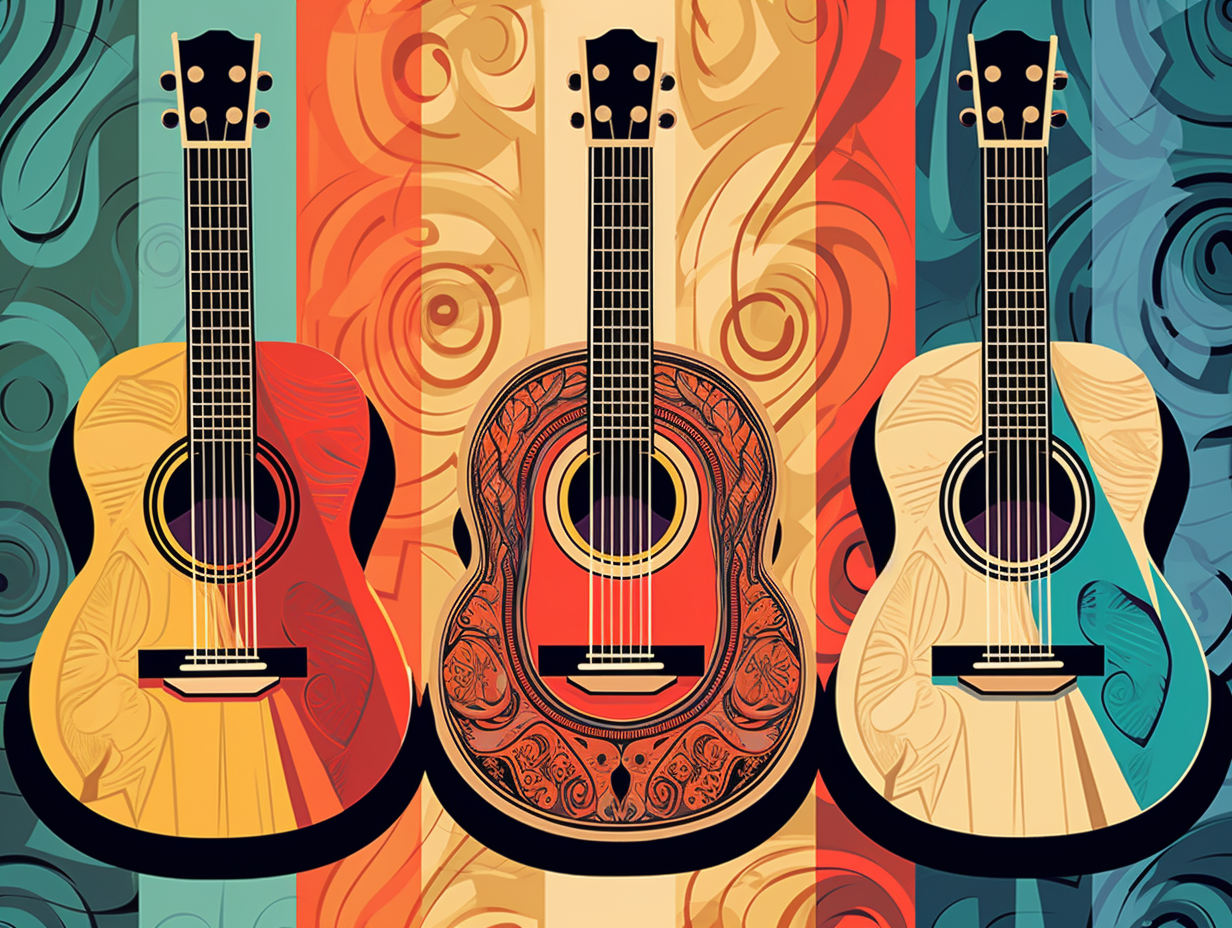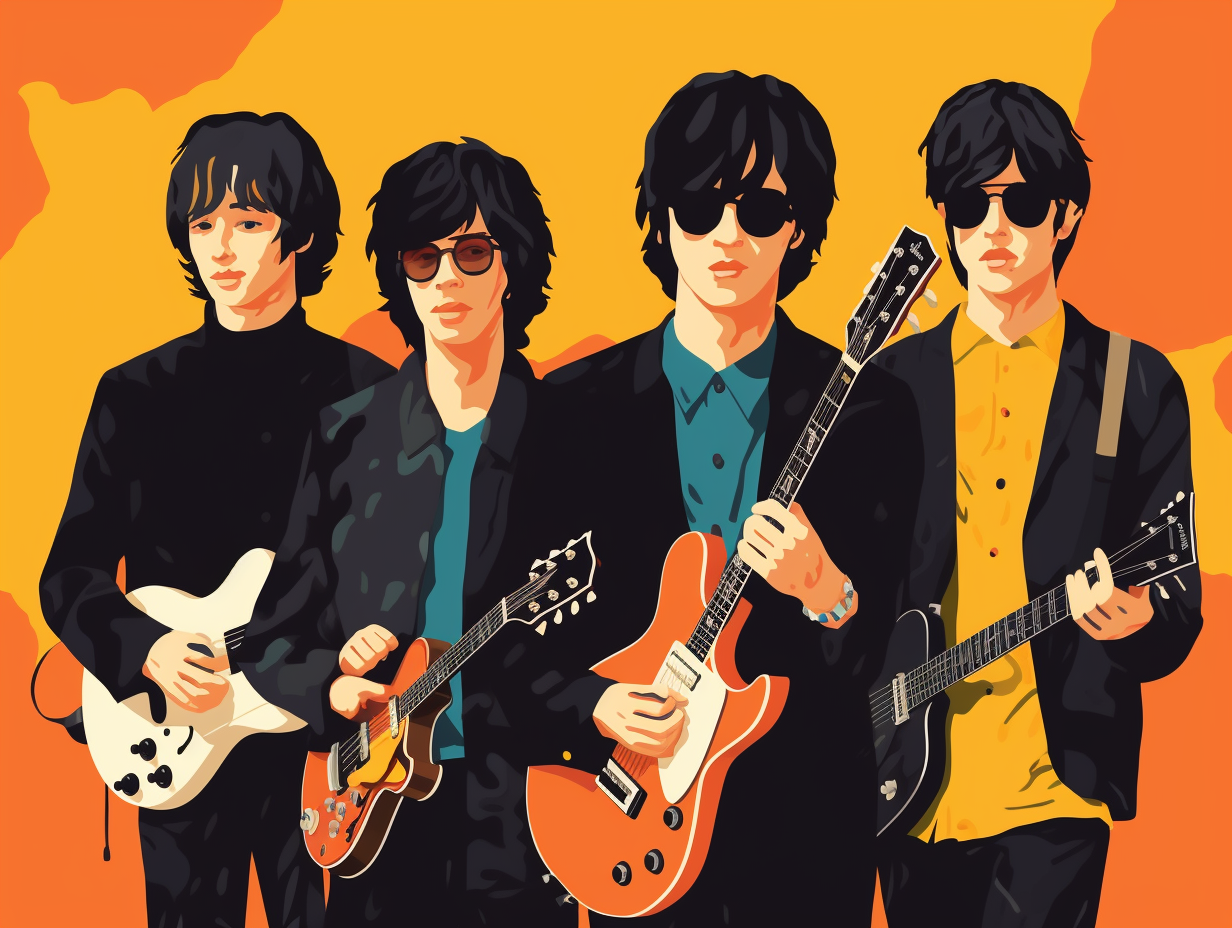Strumming Up Joy: Top 11 Ukulele Fun Facts You Never Knew About!

1. Origins of the Ukulele
Imagine a party so wild, a small, strumming flea bursts in and steals the show – meet the ukulele: Originally named "jumping flea" due to its lively musician Edward Purvis, the ukulele was introduced to Hawaii by Portuguese settlers in 1879, who brought a small guitar called the braguinha and further modified it, leading to the creation of the beloved 'ukulele we know today, with the oldest example dating back to the late 19th century.
Source => metmuseum.org
2. Name's Different Interpretations
Leaping lice, Batman, it's a tiny fretted wonder! But fear not, the ukulele's name is no ode to insect infestations: It actually carries several origin stories, like being called "the gift that came here" in Hawaiian by Queen Lili'uokalani, or deriving from a Hawaiian musical bow named Ukeke Lele. However, the humorous misconception that it means "jumping flea" due to nimble finger movements is just a playful myth!
Source => ukuleleorchestra.com

Did you know early guitar strings weren't made from cats? Discover the surprising animal sources behind these high-quality gut strings, still adored by musicians today! 🎸🐑🐄
=> Fun Facts about Guitars
3. Gut Strings to Nylon Strings
Before adorable "Guitfiddles" had feline-free tunes: Traditional ukuleles, up until the mid-1940s, favored natural-gut strings made from sheep, cattle, or goat intestines, as steel strings added too much tension to their thin tops; however, World War II's gut string shortage led to the ingenious invention of nylon strings, now the popular choice for smooth and easy-to-tune strumming.
Source => ukulelemagazine.com
4. Soprano vs. Baritone
From a tiny and plucky strummer sporting the spirit of a fierce chihuahua to a larger and more dignified plucker exuding depth just like a graceful Great Dane: the soprano ukulele claims the title as the smallest and most popular of the four main ukulele sizes, while the baritone variant stands tall as the largest, with the preferences for either in the hands of the player (and, quite literally, their hand size).
Source => ukuleletricks.com

5. Bass Ukulele
Once upon a time, in a land of tiny instruments, the minuscule gods of music blessed those with big fingers and gave birth to the gentle giant of the ukulele world: meet the bass ukulele! With its baritone-like body and thick, rubbery strings tuned to E-A-D-G (just like a guitar's bottom four), this pocket-sized powerhouse packs a full-size upright bass punch. Best played through an amp due to its low string tension, this little beast will leave you impressed with its warm, rich tones.
Source => beginnerukuleles.com
6. Taropatch: Ukulele's Predecessor
Before the ukulele took center stage as the pint-sized instrument of choice, a band of merry music makers were jamming with the taropatch, machete de braga, guitar, and 'cello like a Renaissance rock band: The taropatch, a small five-stringed precursor to the ukulele, was used primarily to accompany vocals or play ensemble with other stringed instruments, leading to the eventual emergence of the ukulele after Edward Holstein published his groundbreaking primer "Chords of the Taro-Patch Guitar" in 1894, outshining its machete-wielding namesake in size and popularity.
Source => uketropolis.com
7. Ukulele Sales Boom
What do you get when you combine Eddie Vedder, a tsunami of YouTube covers, and several new-age music festivals? A big wave of ukulele popularity, that's what! No strings attached: according to the National Association of Music Merchants, ukulele sales skyrocketed by a whopping 54% in 2013, with events and a Grammy-winning album from renowned musicians riding the tide of this peppy, affordable, and easy-to-learn instrument.
Source => theatlantic.com
8. Ukulele's Superpowers
Who knew that the tiny ukulele could pack such a wallop against the doldrums and humdrums of life, boldly strumming away the worries of the world like a plucky little musical superhero? Behold the mighty power of the four-stringed wonder: studies show that playing the ukulele can boost brain power, reduce stress, improve fine motor skills, promote emotional well-being, and foster those much-needed social connections we all crave.
Source => ukuleletricks.com
9. Plastic Islander Ukulele
In a tale as classic as "The Uke That Fell to Earth" and as entrancing as "The Wizard of Stringz", Mario Maccaferri heroically delivered humanity from the drudgery of wood through the gift of plastic – with a twist of nylon! The fun plot thickens: Mario Maccaferri invented the Islander ukulele in the 1950s, utilizing Dow Styron plastic to maintain tonal qualities similar to wood. Constructed from eight molded parts, the Islander was designed based on a Martin Style 0 soprano, featured frets molded into the fingerboard, a zero fret, and "Tune Tite" tuners, and sported DuPont's nylon strings.
Source => ukulelemagazine.com

10. Neil Armstrong's Moon Strum
Ground control to Major Tom... or should we say, Major Strum: Neil Armstrong, the legendary astronaut who took one giant leap for mankind, didn't leave his passion for music far behind. It may come as a surprise that Armstrong played the ukulele during his quarantine period after returning from the moon. Strumming the strings for his Apollo 11 crewmates, Edwin 'Buzz' Aldrin and Michael Collins, Armstrong provided some musical entertainment while they remained isolated in the Mobile Quarantine Facility before their arrival at the Lunar Receiving Laboratory's Crew Reception Area.
Source => ukulelemagazine.com
11. McCartney's Ukulele Love
Before the Fab Four made some heartstrings quiver, one of them was strumming a different set of strings: Paul McCartney featured his ukulele prowess on his 1971 solo album, Ram, specifically in the song "Ram On," complete with percussive tapping and Linda McCartney's harmonious accompaniment.
Source => ukulelemagazine.com
Related Fun Facts




















